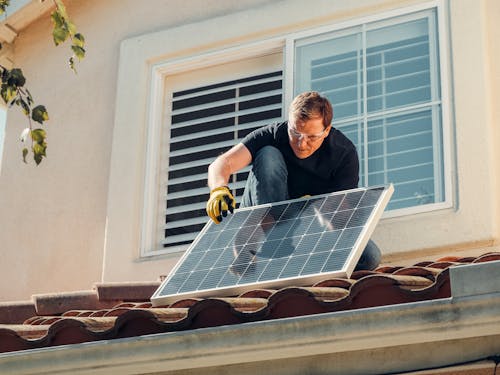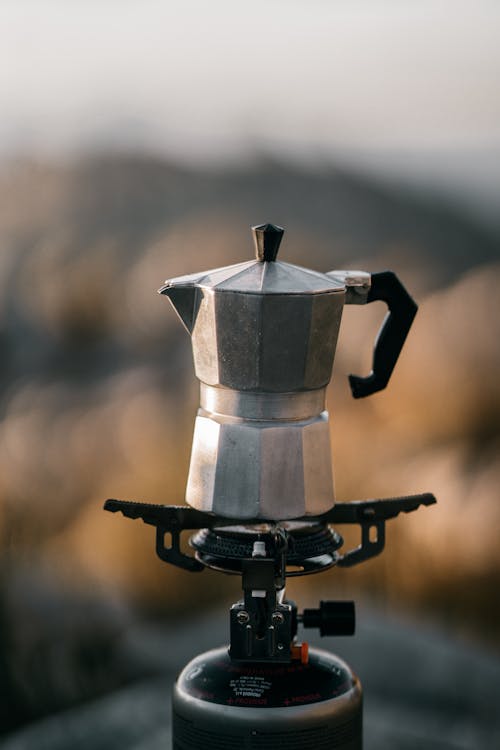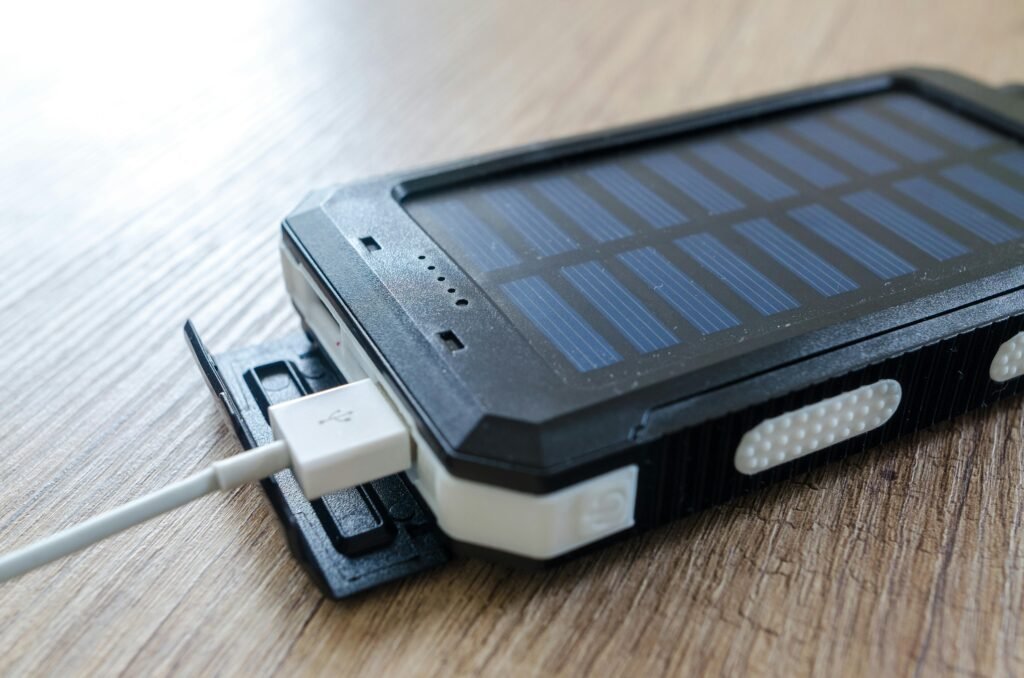The hum of the refrigerator stops. The ceiling fan slows to a halt. Then—silence. A power outage always feels longer in that first quiet moment. For most people, it’s a mild inconvenience. For preppers, it’s a test of readiness. Whether it’s a thunderstorm snapping lines or a nationwide grid failure, power outage survival isn’t about waiting—it’s about adapting.
1. When the Power Dies, the Clock Starts Ticking
Modern life depends on invisible wires and buried lines. The second they fail, comfort starts slipping away. Refrigerators warm, heaters stall, and the Wi-Fi signal—our last thread of control—blinks out.
But here’s the truth: surviving a blackout has less to do with luck and more to do with timing. Every minute after the lights go out matters. The first hour is for conserving what you have; the next is for stabilizing what you’ll need.
That’s why preppers treat power outage survival like muscle memory: quick checks, smart decisions, zero panic.
2. Building Your Backup Power Arsenal
A layered power plan is your lifeline. Start small, then scale:
- Portable Power Stations: Think of them as rechargeable lifeboats for your electronics. Models like Jackery or EcoFlow can run phones, radios, and even a small fridge for a few hours. Keep one charged at all times.
- Generators: Gas or propane units deliver heavy-duty relief. A 3,000-watt generator can power essentials—refrigerator, sump pump, or window A/C. Store fuel safely and always run it outdoors to avoid carbon monoxide buildup.
- Solar Panels & Battery Banks: Quiet, clean, and renewable. Even a foldable 100-watt panel can recharge phones or lights during the day.
- Manual Tools: When all else fails, go old school. A crank radio, headlamp, and hand-powered can opener never need an outlet.
Mark critical circuits on your breaker box. Know which switches control freezers or medical equipment. In a blackout, knowledge becomes voltage.

3. Protecting Food and Water
The next battle in power outage survival is freshness. A closed refrigerator keeps food cold for about four hours; a full freezer can stretch that to nearly two days. But don’t gamble—prep ahead.
Freeze gallon jugs of water. They act as ice blocks and later, drinking water. Stock up on shelf-stable food: canned meats, soups, beans, instant rice, peanut butter, and powdered milk. Each can is a small insurance policy.
And don’t forget water purification. Keep a gravity filter, purification tablets, or a simple camping stove to boil water. If you depend on an electric well pump, stash at least 10 gallons of backup water per person.

4. Comfort, Heat, and Sanity
Temperature is survival’s silent enemy. In winter, hang heavy blankets over doorways to trap heat in one room. Light a few unscented candles—not for light, but for warmth—and keep a carbon monoxide detector running on batteries. Mylar blankets, wool layers, and a hot drink can turn freezing misery into manageable discomfort.
In summer, open windows only during the coolest hours. Store battery-powered fans and cooling towels. Stay hydrated—dehydration sneaks up faster when there’s no AC hum to remind you.
Mental comfort matters too. Small solar lights or LED lanterns lift morale. Read by flashlight, play cards, talk. Remind yourself that silence doesn’t mean isolation.

5. Communication When the World Goes Quiet
Your smartphone is a lifeline—until it isn’t. Keep solar phone chargers or power banks ready. Two-way radios or GMRS handsets let you coordinate with neighbors even when towers fail. And don’t underestimate the value of a hand-crank radio; those updates can tell you when to hunker down or when it’s finally safe to plug back in.

6. After the Lights Return
When the power flickers back, resist the urge to celebrate just yet. Inspect every appliance for damage. Toss anything from the fridge that smells questionable. Refill your fuel, recharge your batteries, and write down what you wish you’d had.
Every outage teaches a lesson. Maybe it’s that you need more candles, or that your solar kit should face south, or that calm leadership beats panic every time.
Final Word
Power outage survival is more than backup gear—it’s mindset. It’s the calm voice in the dark, the quiet click of a lighter, the knowledge that you’re ready when others aren’t. When the grid goes down, preparedness isn’t paranoia—it’s freedom.
